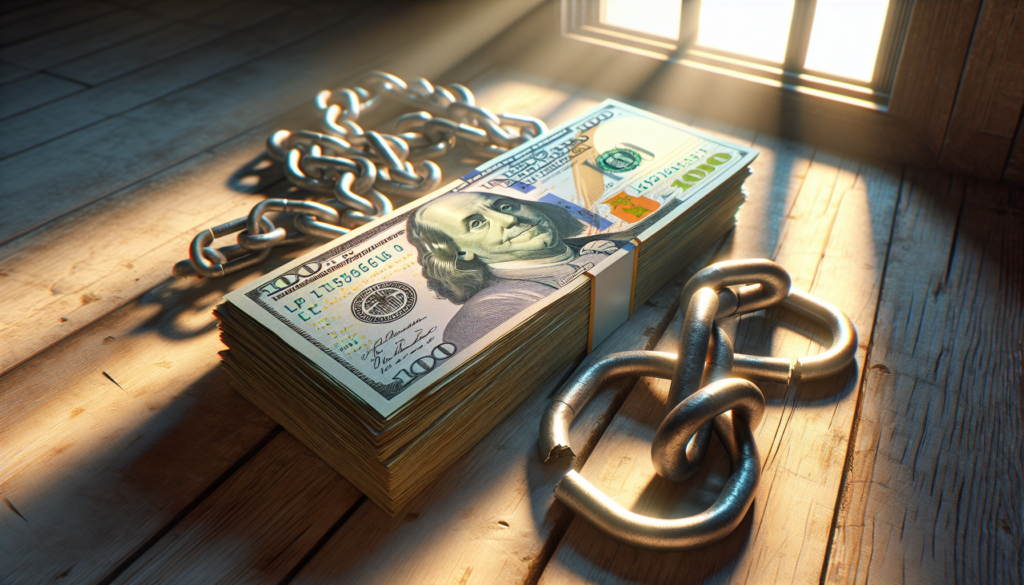
When you file for Chapter 7 bankruptcy, most types of retirement accounts are protected and exempt from being taken by the bankruptcy trustee to pay your creditors. This protection is crucial because it ensures that individuals going through bankruptcy can still look forward to a secure retirement. Here’s a detailed look at how retirement funds are treated in Chapter 7 bankruptcy:
-
ERISA-Qualified Retirement Accounts:
Retirement accounts that are ERISA-qualified (Employee Retirement Income Security Act) are generally protected in bankruptcy. This includes:
- 401(k)s
- 403(b)s
- Profit-sharing plans
- Defined-benefit plans
- Money purchase plans
These accounts are considered exempt assets, meaning they are out of reach from creditors during the bankruptcy process.
-
IRAs and Roth IRAs:
Individual Retirement Accounts (IRAs) and Roth IRAs are also protected in bankruptcy, but there is a cap on the exempt amount. As of 2022, the exemption limit is $1,512,350 across all your IRA accounts. This amount is adjusted periodically for inflation. The cap applies to the combined value of all your IRA and Roth IRA accounts but does not apply to SEP and SIMPLE IRAs.
-
Pensions:
Most pension plans are protected in bankruptcy. This includes pensions that qualify under the ERISA, government pensions, and other tax-exempt retirement accounts.
-
Social Security Benefits:
Social Security benefits are protected in bankruptcy. The Bankruptcy Code explicitly excludes Social Security benefits from the bankruptcy estate, ensuring that these funds are not used to pay off creditors.
-
Inherited Retirement Accounts:
The protection for inherited retirement accounts is a bit more complex. The Supreme Court ruled that inherited IRAs are not considered retirement funds in the context of bankruptcy and thus are not afforded the same level of protection as other retirement accounts. However, if you’ve inherited a retirement account from your spouse, you may be able to roll it over into your own IRA and thus protect it.
-
Contributions Made Prior to Bankruptcy:
Regular contributions made to retirement accounts before filing for bankruptcy are typically safe. However, unusually large contributions made just before filing could be scrutinized by the bankruptcy trustee. They might be considered an attempt to hide assets from creditors, especially if they exceed the normal contribution limits or your usual contribution pattern.
-
Withdrawals During Bankruptcy:
If you withdraw money from your retirement account before filing for bankruptcy, that money could lose its protected status and become part of the bankruptcy estate, potentially used to pay creditors. It’s generally advisable to avoid making any withdrawals from retirement accounts before consulting with a bankruptcy attorney.
Most retirement accounts receive significant protection in Chapter 7 bankruptcy, allowing debtors to erase their debts while preserving funds intended for retirement. However, the specifics can vary based on the type of retirement account, state laws, and recent contributions or withdrawals. Consulting with a bankruptcy attorney can provide guidance tailored to your individual situation, ensuring that your retirement assets are protected to the fullest extent possible under the law.


Get a Free Bankruptcy Case Evaluation